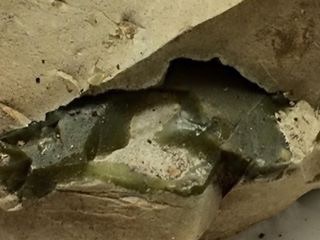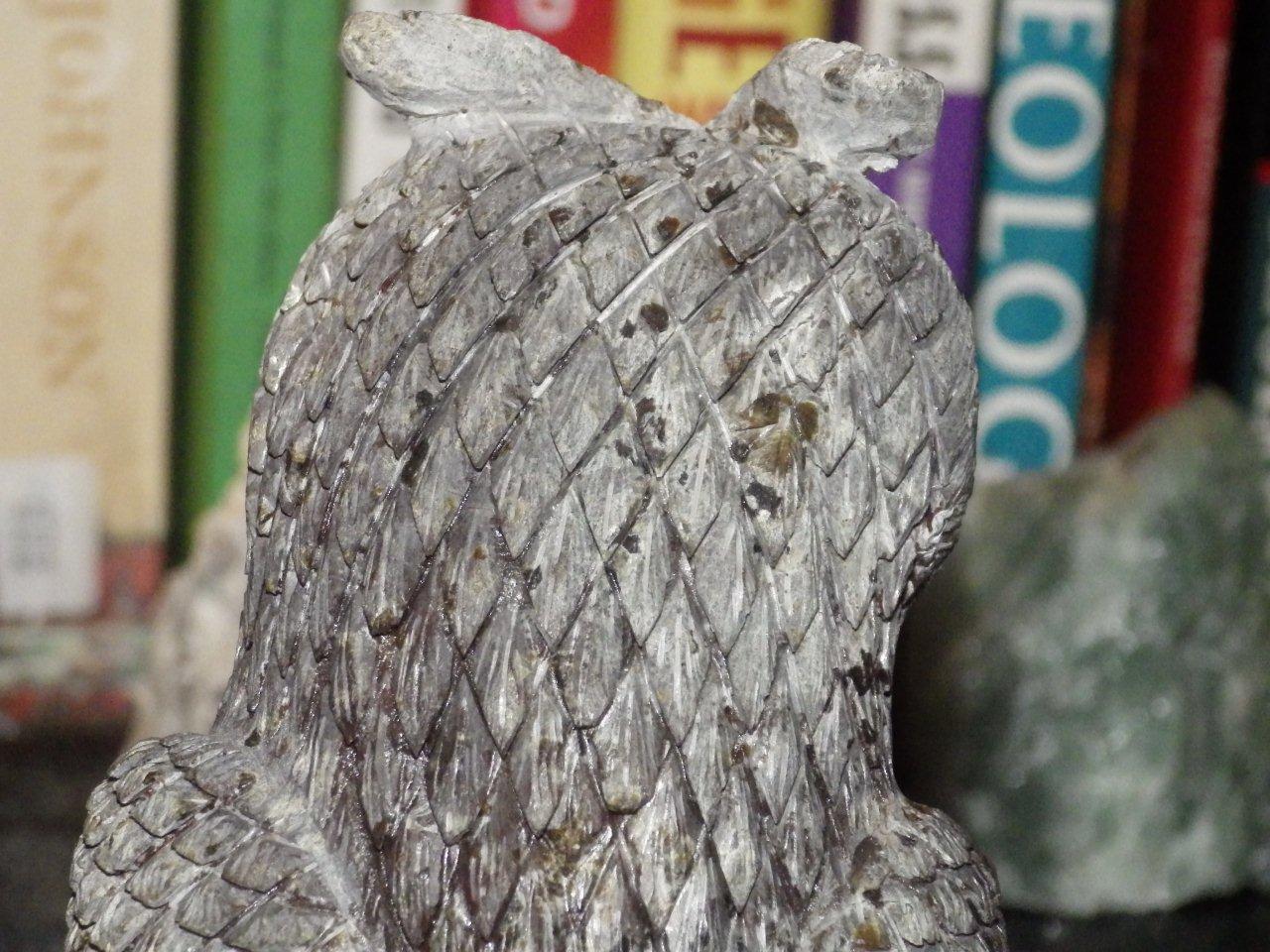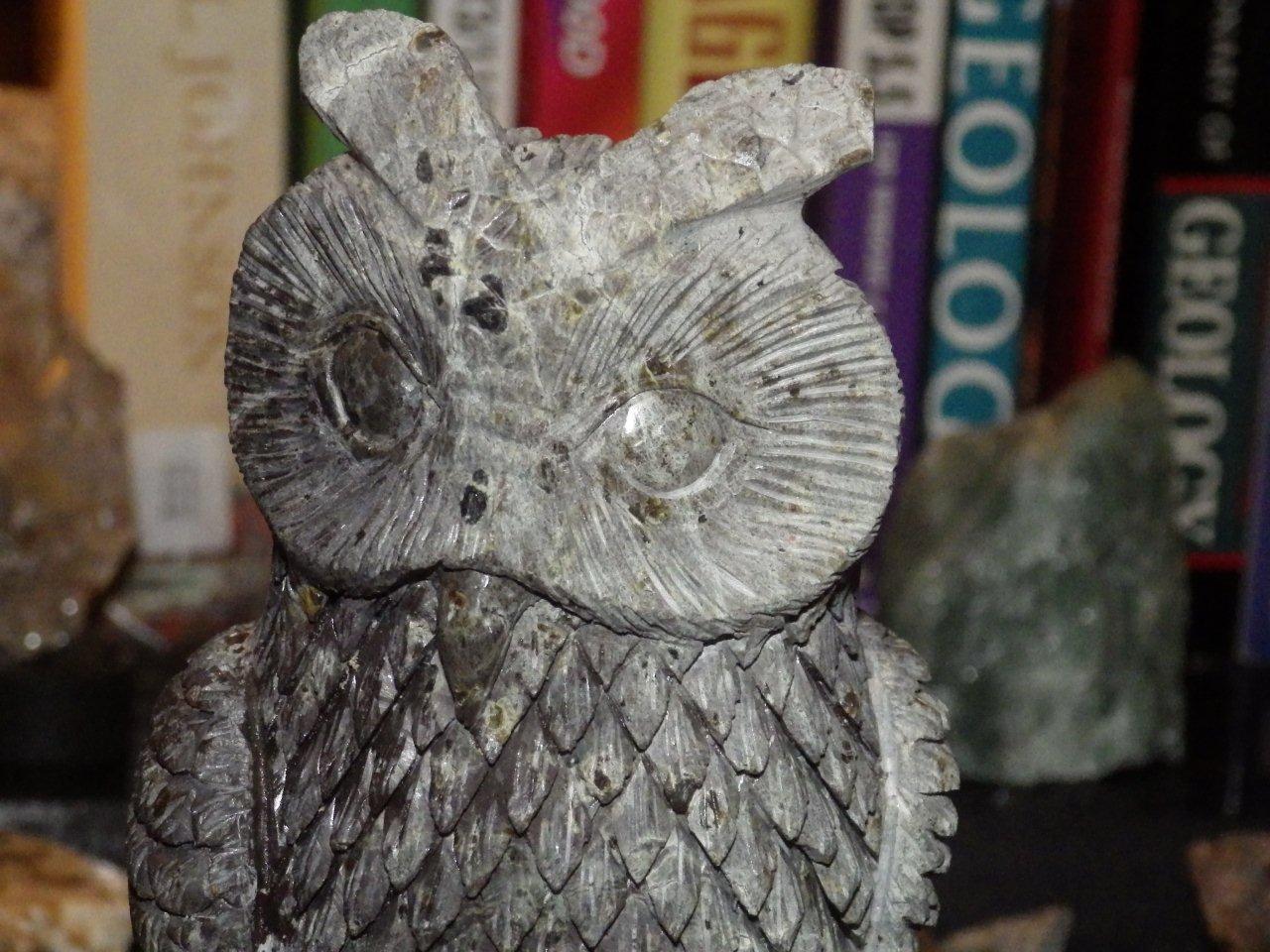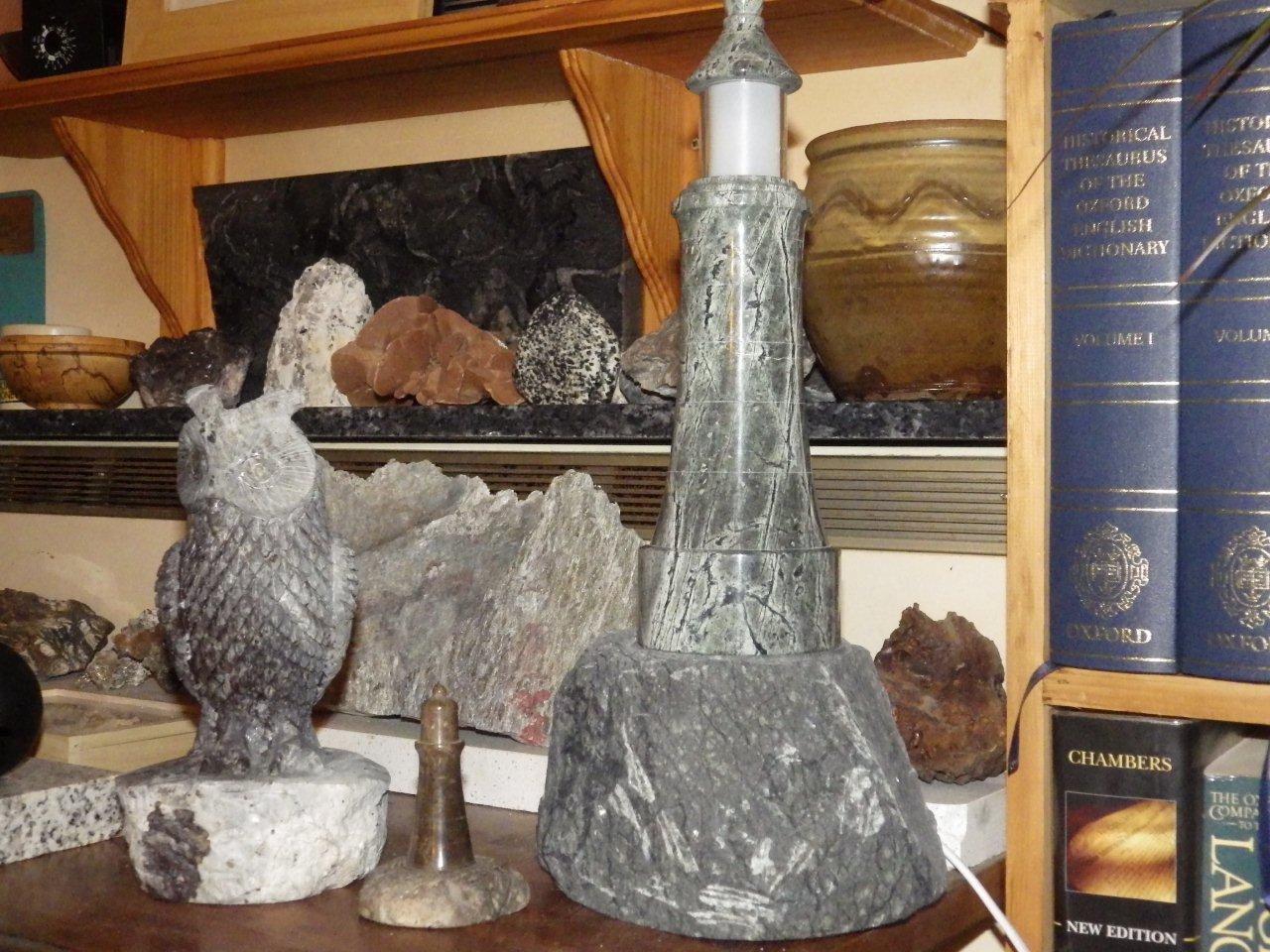Home PageAbout MindatThe Mindat ManualHistory of MindatCopyright StatusWho We AreContact UsAdvertise on Mindat
Donate to MindatCorporate SponsorshipSponsor a PageSponsored PagesMindat AdvertisersAdvertise on Mindat
Learning CenterWhat is a mineral?The most common minerals on earthInformation for EducatorsMindat ArticlesThe ElementsThe Rock H. Currier Digital LibraryGeologic Time
Minerals by PropertiesMinerals by ChemistryAdvanced Locality SearchRandom MineralRandom LocalitySearch by minIDLocalities Near MeSearch ArticlesSearch GlossaryMore Search Options
The Mindat ManualAdd a New PhotoRate PhotosLocality Edit ReportCoordinate Completion ReportAdd Glossary Item
Mining CompaniesStatisticsUsersMineral MuseumsClubs & OrganizationsMineral Shows & EventsThe Mindat DirectoryDevice SettingsThe Mineral Quiz
Photo SearchPhoto GalleriesSearch by ColorNew Photos TodayNew Photos YesterdayMembers' Photo GalleriesPast Photo of the Day GalleryPhotography
╳Discussions
💬 Home🔎 Search📅 LatestGroups
EducationOpen discussion area.Fakes & FraudsOpen discussion area.Field CollectingOpen discussion area.FossilsOpen discussion area.Gems and GemologyOpen discussion area.GeneralOpen discussion area.How to ContributeOpen discussion area.Identity HelpOpen discussion area.Improving Mindat.orgOpen discussion area.LocalitiesOpen discussion area.Lost and Stolen SpecimensOpen discussion area.MarketplaceOpen discussion area.MeteoritesOpen discussion area.Mindat ProductsOpen discussion area.Mineral ExchangesOpen discussion area.Mineral PhotographyOpen discussion area.Mineral ShowsOpen discussion area.Mineralogical ClassificationOpen discussion area.Mineralogy CourseOpen discussion area.MineralsOpen discussion area.Minerals and MuseumsOpen discussion area.PhotosOpen discussion area.Techniques for CollectorsOpen discussion area.The Rock H. Currier Digital LibraryOpen discussion area.UV MineralsOpen discussion area.Recent Images in Discussions
Techniques for CollectorsBest way to polish up Serpentine?

13th Apr 2014 17:07 UTCCraig Oliveira
thanks,
Craig O

13th Apr 2014 21:06 UTCAlessio Piccioni
13th Apr 2014 22:03 UTCRock Currier Expert

13th Apr 2014 23:15 UTCCraig Oliveira
thanks again,
Craig O
14th Apr 2014 00:21 UTCRock Currier Expert
Most lapidary factories, and in fact most people who work with stone don't know what they have. If you go down to a place that sells "granite" kitchen counter tops for example, they will show you a variety of stone that they work with and they often call them all granite, but they are usually not even all granite, and if you start grilling them about just what kind of granite or rock it is they have, they just don't know. About the best they can come up with is a trade name that someone has given that particular type of rock.

14th Apr 2014 00:38 UTCCraig Oliveira
here's a picture of my biggest piece of serpentine rock…
thanks again Rock for the great info!!
Craig O
14th Apr 2014 18:46 UTCRock Currier Expert

16th Aug 2014 08:59 UTCMIchael Sharpe
Where did you find your samples?
It is Sepentinite, a metamorphic rock composed of serpentine minerals.
http://en.wikipedia.org/wiki/Serpentinite
It is very soft and you can use just about any hand or power too to cut it. I have used a steel file.
Then you can get some aluminum oxide grit used in rock tumbling, put it on a plate of glass, wet it and polish it that way, and use some tin oxide polish as a final step

16th Aug 2014 10:50 UTCCraig Oliveira
Craig O
MIchael Sharpe Wrote:
-------------------------------------------------------
> I have collected similar rocks from southern
> Vermont.
> Where did you find your samples?
>
> It is Sepentinite, a metamorphic rock composed of
> serpentine minerals.
> http://en.wikipedia.org/wiki/Serpentinite
>
>
> It is very soft and you can use just about any
> hand or power too to cut it. I have used a steel
> file.
>
> Then you can get some aluminum oxide grit used in
> rock tumbling, put it on a plate of glass, wet it
> and polish it that way, and use some tin oxide
> polish as a final step
16th Aug 2014 16:43 UTCJohn Truax
Rocks that are as soft as serpentine are fairly easy to get a polished surface on with diamond sandpaper.
You may be able to shape and polish pieces in just one step or maybe two. I would try 1400 grit diamond first to shape and smooth ... that grit may also leave the surface nicely polished, if not, follow that with 14,000 diamond sandpaper which will leave the pieces with a glassy surface. Work the rock with plenty of water flow, you don't want to breath that dust.
If you have no lapidary equipment a wet side grinder like those used in the stone counter-top industry could be used on your large pieces.
John T.

5th Jun 2015 18:48 UTCRock Currier Expert

8th Sep 2015 14:34 UTCJay I. G. Roland
Regards,
Jay.





Mindat.org is an outreach project of the Hudson Institute of Mineralogy, a 501(c)(3) not-for-profit organization.
Copyright © mindat.org and the Hudson Institute of Mineralogy 1993-2024, except where stated. Most political location boundaries are © OpenStreetMap contributors. Mindat.org relies on the contributions of thousands of members and supporters. Founded in 2000 by Jolyon Ralph.
Privacy Policy - Terms & Conditions - Contact Us / DMCA issues - Report a bug/vulnerability Current server date and time: May 7, 2024 19:29:30
Copyright © mindat.org and the Hudson Institute of Mineralogy 1993-2024, except where stated. Most political location boundaries are © OpenStreetMap contributors. Mindat.org relies on the contributions of thousands of members and supporters. Founded in 2000 by Jolyon Ralph.
Privacy Policy - Terms & Conditions - Contact Us / DMCA issues - Report a bug/vulnerability Current server date and time: May 7, 2024 19:29:30

























